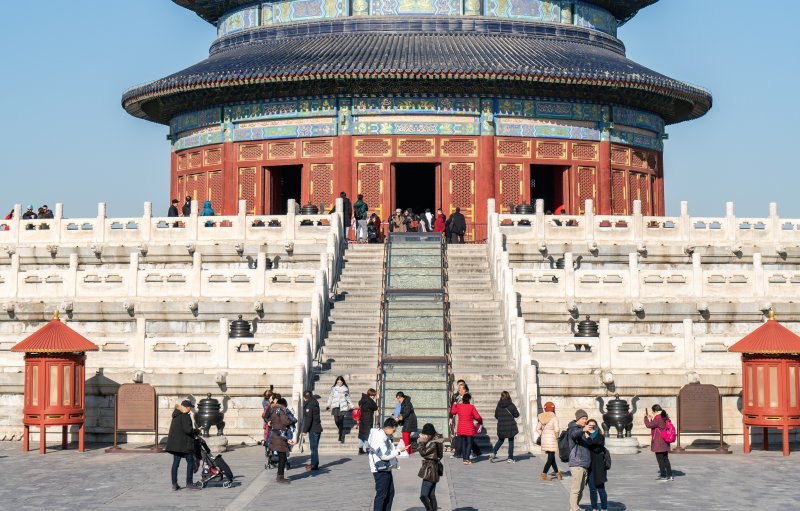Beijing Defines Central Axis Borders for World Heritage Site Bid
Beijing has taken a concrete step forward in its application to list the city’s so-called Central Axis as a UNESCO World Heritage Site by publishing a full plan that, for the first time, defines specific boundaries for the pathway and it's surrounding sites, giving it a total area of 45.4 square-kilometers. Plans for the area’s preservation and exhibition through 2035 are also laid out.
The proposed area will include such sites as the Drum Tower, Houhai, Tiananmen, Qianmen, and a few others.

World Heritage Sites enjoy not only international prestige but are also legally protected by the UN. Currently, there are 9 such sites in Beijing, although two of them, namely the Forbidden City and the Temple of Heaven, which themselves became World Heritage Sites in 1987 and 1998 respectively, are encompassed by the proposed layout for the Central Axis site.
With a total of 56 sites, China is second in the world for most World Heritage Sites, just behind Italy, which touts 58.

Regardless of the numbers game, there are also real implications for those of us who enjoy a stroll around the capital. The published proposal includes plans for 20 “cultural exploration roads” that are intended to make the area more accessible and to retain as well as preserve its cultural legacy.
In addition, several exhibitions will be established around the area as part of the plan, including a generally Central Axis exhibition at the Capital Museum.
READ: Spine of Beijing: Traversing the City's Central Axis
Images: Unsplash, Google Maps







